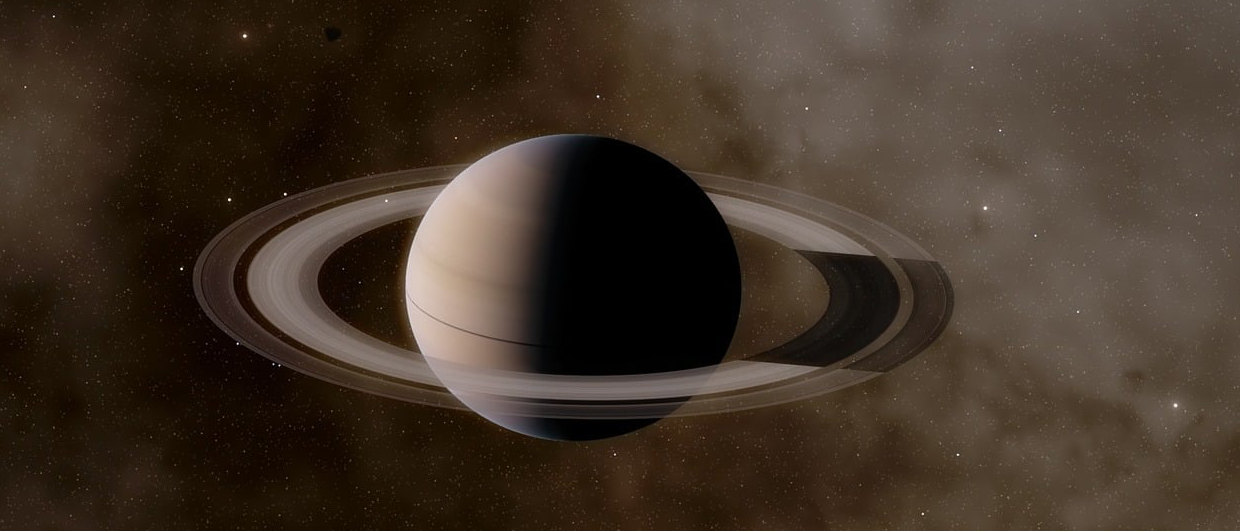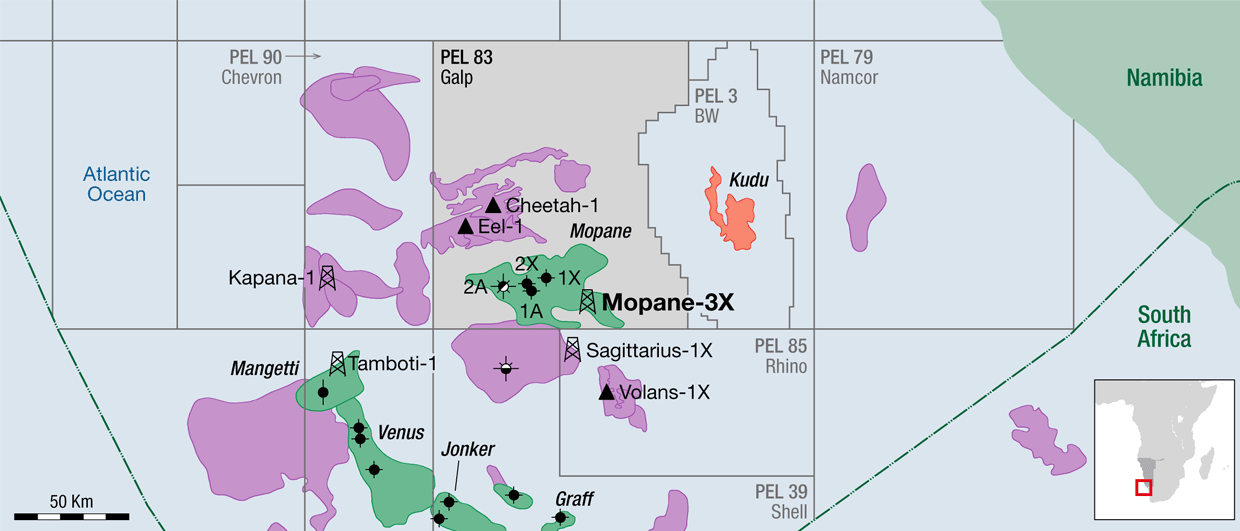Yesterday, Reuters broke the news that Shell has written off a $400 million exploration investment over “an oil discovery” in PEL39 in Namibia’s deep-water area. Even though a field name was not mentioned, it likely relates to the Graff discovery.
Is it a surprise this has happened? No. The writing was on the wall for a while, as Wael Sawan already hinted at subsurface challenges.
Ultimately, it is the geology that determines whether or not a discovery can be economically developed, and it is the geology that has proven to be too complicated to make it happen in the end. At least, for now.
There are two major aspects to the subsurface challenges that the Namibian deep-water discoveries are facing. The first is the presence of chlorite, which can be detrimental in terms of clogging up the pore space and therefore reducing the permeability of the reservoir. I spoke to Richard Worden from Liverpool University about this last year – find the article here. It is probably the presence of volcanic detrital material within the reservoir that has facilitated the anomalous growth of chlorite in the Namibian reservoirs. Marcio Mello, speaking at the IMAGE Conference last year, hinted that the reservoir quality was improving further to the north, so maybe the Mopane reservoir does not suffer from chlorite cementation to the same extent. The question of course is how bad it is at Venus, which lies west of Graff and could have had the same sediment influx.
Then there is the gas. As some people have said, the oil in some of the Namibian discoveries is close to bubble point, which means that the gas will come out of solution straight away once production starts and the pressure in the reservoir starts to drop. Dealing with this right from the start is a big difference from a situation where gas becomes an issue later down the line. For instance, in Guyana, oil could be produced first before a gas solution was required and that is now being worked on. The same holds for Baleine in Côte d’Ivoire, where the GOR is supposedly low, enabling the operator to first focus on oil production. This may be one of the reasons, in addition to the chlorite problem, that has thus far prevented companies from giving the go-ahead because the engineering solution is more costly, especially given that this is deep water.
All in all, this is quite a blow for Shell but even more so for Namibia, not the least because of the hype that the initial exploration results generated. This then poses the question; what about the other discoveries in the area? I don’t think these are plain sailing either, even though TotalEnergies seems to move forward working on a development concept for Venus as well as exploring the wider area through drilling of the Tamboti-1X close to Venus at the moment. I’m holding my breath on this one, as well as on Mopane.





